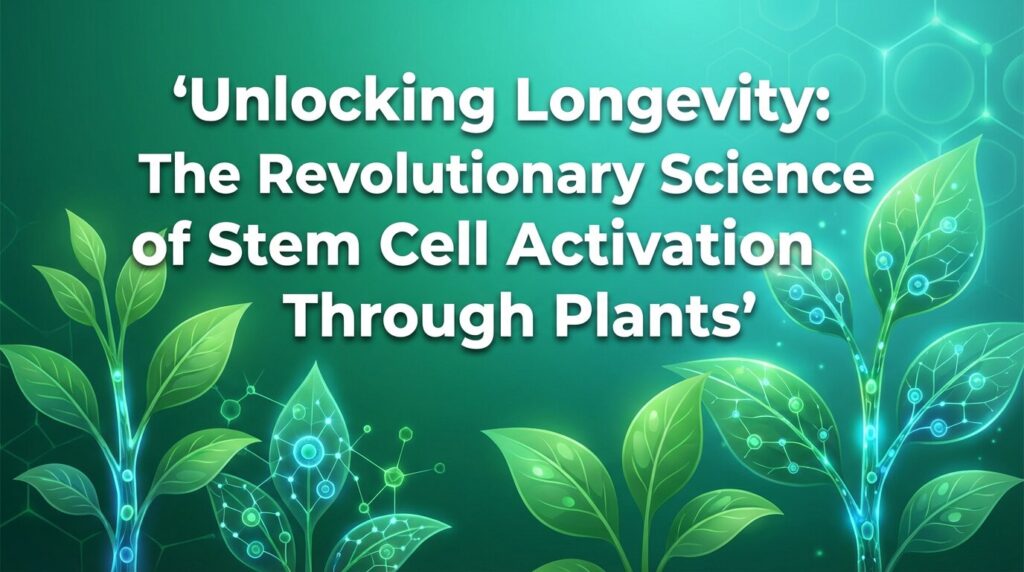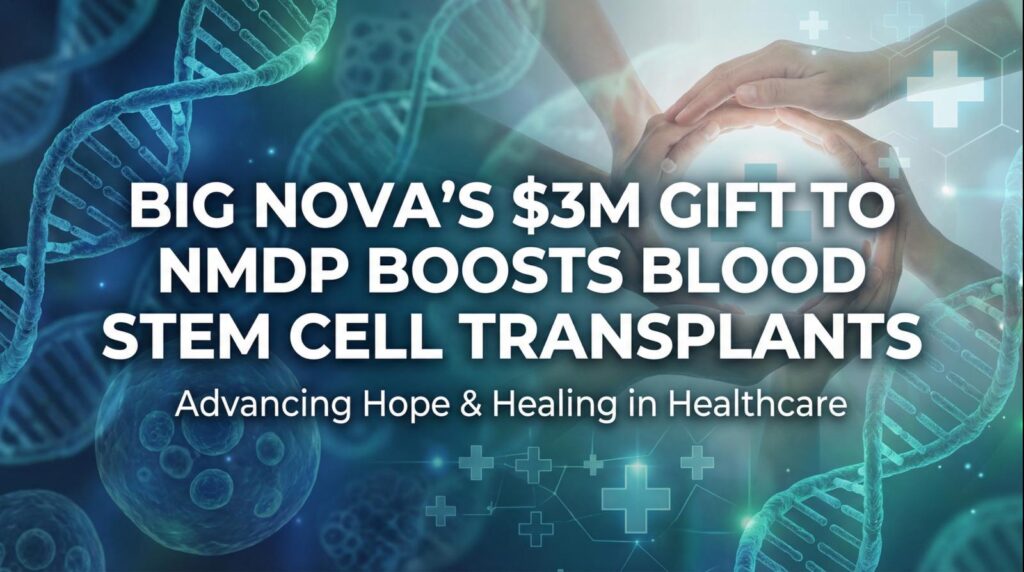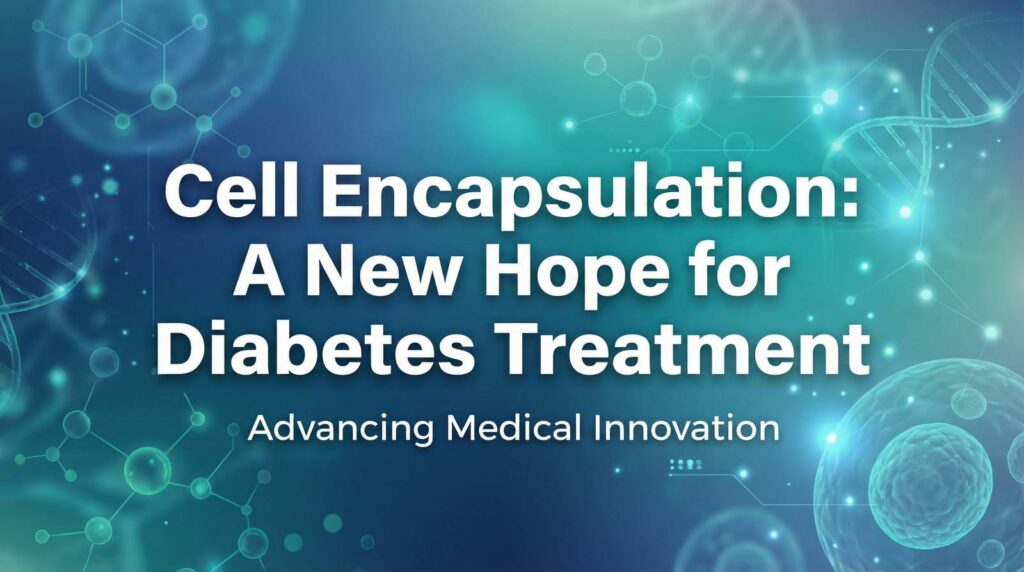Ever wondered how doctors find the perfect match for a blood stem cell transplant?
It’s not exactly swiping right on a medical dating app! The process is more like solving a complex puzzle where the pieces are microscopic and hidden within our cells.
Welcome to the fascinating world of Human Leukocyte Antigens (HLA) and donor matching. We’re about to embark on a journey that’s part science, part detective work, and entirely crucial for saving lives.
Understanding Human Leukocyte Antigens (HLA)
What on Earth are HLAs?
Imagine your body as a bustling city, and HLAs are the ID badges worn by every cell. These molecular name tags help your immune system distinguish between “self” and “non-self.” In other words, they’re the bouncers at the cellular nightclub, deciding who gets in and who gets the boot.
HLAs are proteins found on the surface of most cells in our body. They’re encoded by a group of genes called the Major Histocompatibility Complex (MHC). Think of the MHC as the printing press for these cellular ID badges.
The HLA Family Tree
Just like how you might inherit your grandmother’s nose or your father’s dimples, HLAs are inherited from our parents. Each person inherits one set of HLA genes from mom and another from dad. This combination creates a unique HLA profile, much like a genetic fingerprint.
Here’s a quick breakdown of the HLA inheritance pattern:
| Parent | HLA Haplotype Contribution |
|---|---|
| Mother | A |
| Father | B |
| Child | AB |
It’s this inheritance pattern that makes siblings the go-to first choice when looking for a donor. They have a 25% chance of being a perfect match. Talk about family ties!
The HLA Matching Process
CSI: Cellular Scene Investigation
When it comes to HLA typing, we’ve come a long way from the days of mixing cells in a petri dish and hoping for the best. Today, we use sophisticated DNA-based testing methods that would make even the most hardcore CSI fan swoon.
There are two main types of HLA typing:
- Low-resolution typing: This is like looking at a person from a distance. You can tell it’s a human, but you can’t make out the details.
- High-resolution typing: This is like zooming in with a high-powered microscope. You can see every freckle and pore!
The HLA Hit Parade
When we’re matching donors and patients, we’re not just looking at one HLA gene. Oh no, that would be too easy! We’re typically looking at multiple HLA genes, with the most important being:
- HLA-A
- HLA-B
- HLA-C
- HLA-DRB1
- HLA-DQB1
It’s like trying to match five different puzzle pieces simultaneously. No pressure, right?
Levels of HLA Matching
The Perfect 10 (or 8)
In the world of HLA matching, perfection comes in the form of a 10/10 match (or 8/8 if we’re only looking at four genes). This means all the HLA markers we’re interested in are identical between the donor and the patient. It’s like finding your cellular doppelganger!
Close, But No Cigar
Sometimes, we can’t find a perfect match. In these cases, we might go for a partial match, like a 9/10 or 7/8. It’s not ideal, but it’s often better than no transplant at all. Think of it as finding a pair of shoes that’s almost your size – they’ll do the job, but you might get a blister or two.
The Half-Match Hack
In some cases, we might use a haploidentical match. This is typically a parent, child, or sibling who matches half of the HLA markers. It’s like trying to open a lock with only half the key – tricky, but possible with the right techniques.
Cord Blood: The Wild Card
Cord blood is the joker in our deck of HLA cards. Because these stem cells are so young and naive (in the immunological sense), they’re more forgiving when it comes to matching. We can often get away with a lower level of matching when using cord blood.
Factors Affecting Donor Selection
While HLA matching is the star of the show, it’s not the only player on the field. When selecting a donor, we also consider:
- Age: Younger donors often produce better outcomes. Sorry, grandpa!
- Gender: Male donors are often preferred due to larger body size and stem cell counts.
- Blood type: While not as crucial as HLA, it’s still a factor.
- CMV status: Cytomegalovirus (CMV) is a common virus that can cause complications in transplant patients.
Here’s a quick rundown of donor preferences:
- HLA-matched sibling
- HLA-matched unrelated donor
- Cord blood unit
- Haploidentical family member
Finding a Suitable Donor
The Sibling Lottery
The first place we look for a donor is within the family, specifically siblings. It’s like checking your couch cushions for loose change before hitting the ATM – always start close to home!
The Global Search Party
If a sibling match isn’t available, we turn to unrelated donor registries. These are like massive databases of cellular superheroes, ready to save the day with their stem cells. The largest registry, Be The Match, has over 22 million potential donors!
Cord Blood: Banking on the Future
Cord blood banks are another source of stem cells. These banks store blood collected from newborns’ umbilical cords. It’s like a biological time capsule, preserving young, versatile stem cells for future use.
Challenges in HLA Matching
The Needle in the Haystack
Some patients have rare HLA types that make finding a match as challenging as finding a four-leaf clover in a field of three-leaf clovers. This is particularly true for patients from minority ethnic backgrounds, as most donor registries have an overrepresentation of Caucasian donors.
The Diversity Dilemma
HLA polymorphisms – the many variations of HLA genes – are both a blessing and a curse. They’re great for fighting off diseases but make matching donors and patients a real headache. It’s like trying to find someone with the exact same freckle pattern as you!
Advancements in HLA Matching
The Sequencing Revolution
Next-generation sequencing technologies are changing the game in HLA typing. They’re like upgrading from a magnifying glass to the Hubble telescope – we can now see HLA genes in unprecedented detail.
AI to the Rescue
Bioinformatics and matching algorithms are helping us make sense of all this genetic data. It’s like having a super-smart assistant that can sift through millions of potential matches in seconds.
Expanding the Donor Pool
Efforts are underway to increase the diversity of donor registries and develop new transplant protocols for partially matched donors. It’s all about giving every patient their best shot at finding a lifesaving match.
The Impact of HLA Matching on Transplant Outcomes
The GVHD Gremlin
Graft-versus-host disease (GVHD) is the bogeyman of stem cell transplants. It occurs when the donor’s immune cells attack the patient’s body. Better HLA matching helps reduce this risk, like making sure you don’t accidentally invite a vampire into your home.
The Engraftment Enigma
Engraftment – when the donor cells start producing new blood cells in the patient – is crucial for transplant success. Good HLA matching increases the chances of successful engraftment. It’s like making sure the new tenants have the right keys to move into their apartment.
The Bottom Line
Ultimately, better HLA matching leads to better overall survival rates. It’s the difference between a bumpy road and a smooth highway on the journey to recovery.
Conclusion
The world of HLA matching and blood stem cell transplantation is complex, challenging, and absolutely crucial. Every day, scientists and medical professionals are working tirelessly to improve matching techniques, expand donor registries, and give hope to patients in need of a transplant.
As we look to the future, advancements in technology and our understanding of genetics promise to make finding a match easier and transplants more successful. But we can’t do it alone – we need diverse, willing donors to step up and potentially save a life.
So, the next time someone asks you, “What’s your type?” you can wow them with your knowledge of HLAs. And who knows? Maybe you’ll be inspired to join a donor registry yourself. After all, you could be someone’s perfect match, and not just in the romantic sense!



